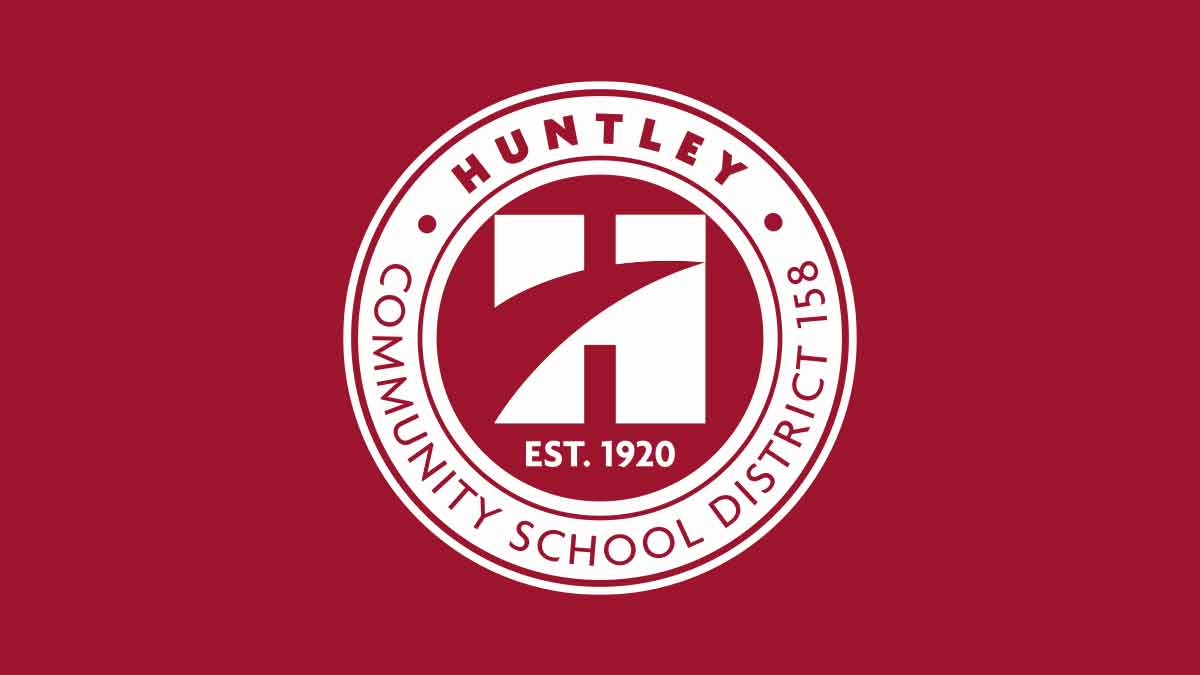What is Tier 1?
Tier 1 is also know as the universal level of support, where all students are receiving a research based lesson to teach the school wide expectations that are on their matrix. Students are reinforced through some type of token, ticket, etc when they are caught exhibiting the expected expectation.
What is a Behavior Matrix?
The behavior matrix is a set of behavior expectations students will be taught in specific settings. The behavior matrix is designed to help students understand appropriate behavior in a given setting. These expectations are consistently taught, modeled, and reinforced with students. The behavior expectations are posted to remind students what is expected. The premise of the behavior is the 3 B’s:
For Preschool- 5th grade:
- Be Safe
- Be Respectful
- Be Responsible
For 6th grade through 12th grade:
- Be Respectful
- Be Responsible
- Be Involved
**Each school has their own individual behavior matrix. Please view your school’s page for the complete matrix.**
What will PBIS enable schools to do?
PBIS will allow schools to:
- celebrate what the students are doing well
- give priority to research and evidence based interventions
- provide students with consistency in expectations in all places they visit throughout the school day including the bus and cafeteria
- use the same reporting forms in all places the students visit
- teach students the proper behavior expectations resulting increased instruction time
- reward students using a “coin, buck, raffle ticket or the like” for displaying the desired behaviors or going above and beyond
- students will be able to redeem the “coin, buck, raffle ticket or the like” at their school for prizes
- encourage family and community relationships with staff and students
- most importantly, focusing attention on the positive behaviors that students exhibit throughout their day
What is Tier II level of support?
Tier II is our secondary level of support for students who are not responding to our school-wide intervention and need another level of support through small group intervention. Check-In Check- Out (CICO) is a generic Tier II intervention that allows a student to receive verbal praise and feedback throughout their day.
What are CICO Practice Features?
- Increased positive adult contact
- embedded social skills training
- direct link to school-wide behavioral goals and expectations
- frequent feedback
- daily home-school communication
- positive reinforcement contingent on meeting behavioral goals
- research conducted on CICO and similar programs have consistently demonstrated decrease in problem behaviors, office discipline referrals, and referrals for special education services
- most importantly, research also has demonstrated that this intervention is most effective if Tier 1, PBIS systems and practices are well-established within the school.
What does CICO look like?
Check In Check Out daily Activities:
- Check in with a CICO coordinator (or possibly their homeroom teacher) in the morning
- Carry a point card that is based on school-wide expectations
- Receive frequent and regular feedback on their behavior from adults throughout the day
- review their goals with the coordinator (or their homeroom teacher) at the end of the day
What if my child needs more support than CICO? What is next?
In tier II, there are additional layers of support that can be added if a student isn’t making progress or meeting their goal in CICO. A student can have something changed with their CICO, be move to a Social Academic Instructional Group, or mentoring.
What is a Social Academic Instructional Group (SAIG)?
Social Academic Instructional Groups are designed to teach students appropriate behaviors that will help them to be successful. Students that participate in this program are identified by daily progress monitoring data as needing extra behavior support- these students have been in Check- in/Check- Out (CICO) and still need more assistance. Office discipline referrals give the team members ideas of what behaviors to target (i.e. fighting, disrespect, ). Once the target behavior is identified, the SAIG group facilitator creates lesson plans that will teach skills to help students become more successful. For example, if the target behavior is fighting, the lesson plan will teach problem solving skills or anger management. Lesson plans are done in an easy to follow format, describe the skill being taught, model non-examples and practice the skill being taught (role play). Any staff can lead the group. Groups should run a consistent schedule every week so that any one student can be added at any time. Once a student is recommended for an SAIG group, the student would be placed in the appropriate group.
What is Tier III (Tertiary) level of support?
In Tier III a student will receive intensive individualized supports based on their needs. The tertiary level provides supports such as a brief Functional Behavior Assessment/Behavior Intervention Plan, complex Functional Behavioral Assessment/Behavioral Intervention Plan, or wraparound services.
